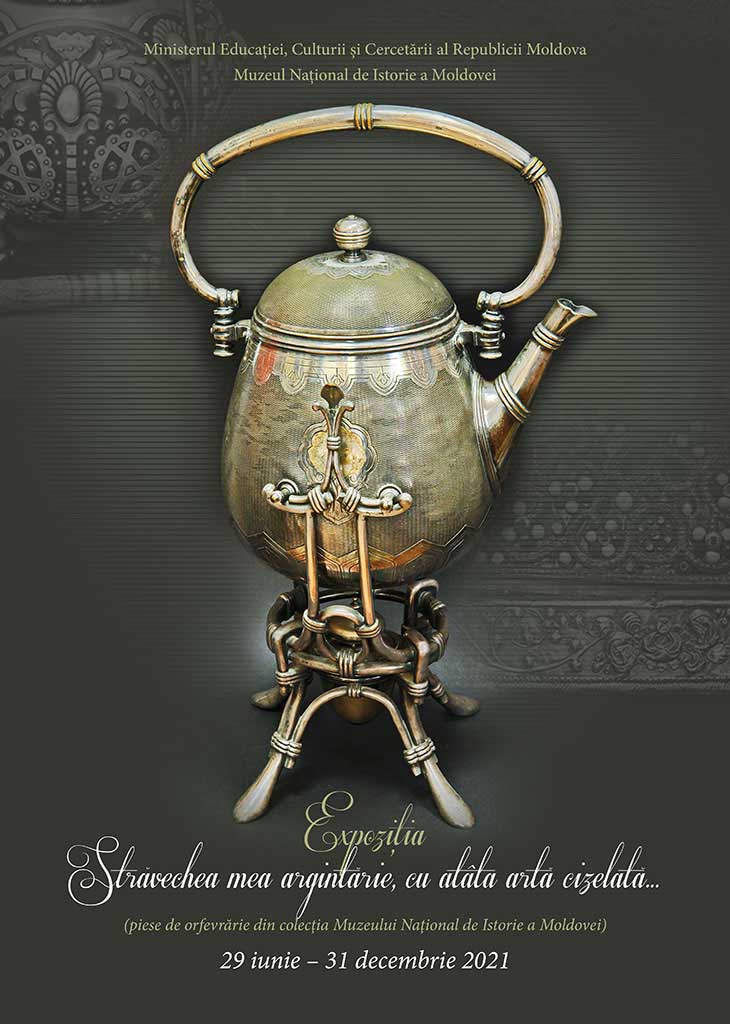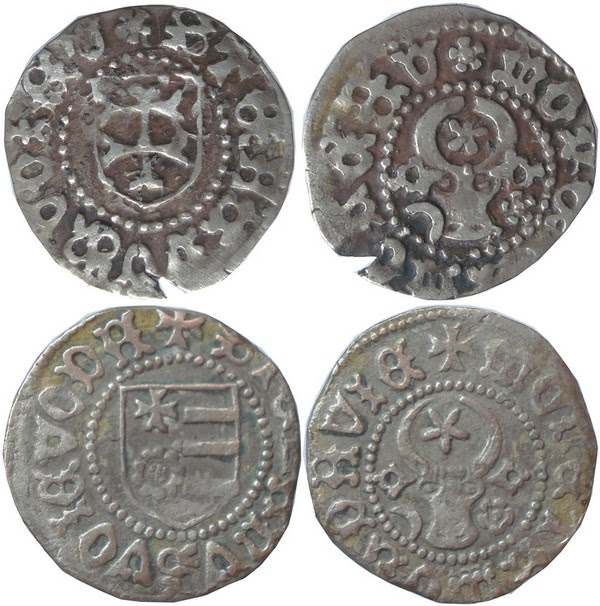 The exhibition entitled "My ancient silverware, so artfully crafted" is based on one of the diverse and extremely valuable collections of the National Museum of History of Moldova, that of secular and ecclesiastical jewelry.
The exhibition entitled "My ancient silverware, so artfully crafted" is based on one of the diverse and extremely valuable collections of the National Museum of History of Moldova, that of secular and ecclesiastical jewelry.
Exceptional preservation, functional palette and originality were the selection criteria for more than 500 objects that make up the exhibition.
Fulfilling multiple utilitarian and aesthetic functions in the daily life of the 18th-20th centuries, the selected pieces demonstrate typological diversity, an amalgam of making techniques and decorative compositions, testifying to the predilection of the local elite and the Church for beauty, elegance and refinement.
The exhibition is complemented by enlarged images of some of the exhibits and reproductions of signs on the objects: marks of workshops, marks of craftsmen and metal fineness.
The typological range of the presented silverware includes items of secular and religious purposes: fruit vases, cups, glasses, sugar bowls, candy bowls, candelabra, cutlery, tea and coffee sets, salt cellars, spice sets, small handbags, snuff boxes and cigarette cases, icon cases, chalices, pectoral crosses, censers, candlesticks, and so on; all these are consumer goods, mass-produced products, but they illustrate the lifestyle and creative trends of that era.
The exhibition circuit suggests the universal arrangement of the space for the items on display, with an emphasis on the objects from Western European, Russian, Ottoman Empire workshops, but also from some Asian countries.
Of greatest interest are local products, for example, the Gospel, published in Chisinau in 1855, covered with silver plates and with three clasps, on which there is a metal fineness mark, a stamp of an assayer and a mark of a jewelry workshop from Orhei, which operated in the second half of the 19th century.
The historical value of some of the exhibits is enhanced by their production by renowned jewelry centers such as Fabergé, Hlebnikov, Sazicov in Russia, Elkington in England, Christofle in France or Norblin and Fraget in Poland.
Among these exhibits there is a 19th century silver inkwell decorated with pearls and malachite, which was made by the famous Russian House of Fabergé. Interesting is a 19th century spirit kettle made of silver-plated alpaсca, a product of the Christofle company, which at that time was the most famous in France.
A touch of splendor is given to the exhibition by silver handbags made using filigree technique, decorated with weaving of silver threads, and snuff boxes decorated with stylized floral and plant motifs made using openwork filigree technique.
Remarkable are the items that, in addition to their intrinsic and artistic value, also have a memorial value. In this category stand out the candlestick that belonged to the family of the Bessarabian writer Constantin Stamati, the monograms of the mayor of Chisinau Carol Schmidt, the silver-plated alpacca fruit vase of Eugenia Crușevan, the first woman lawyer from Bessarabia, a legal adviser of the Diocesan Council of the Archdiocese of Chisinau and Khotin.
The exhibition is complemented by enlarged images of some of the exhibits and reproductions of signs on the objects: marks of workshops, marks of craftsmen and metal fineness.
The exhibition invites visitors to enjoy technical excellence, and especially the joy of creativity.


















































